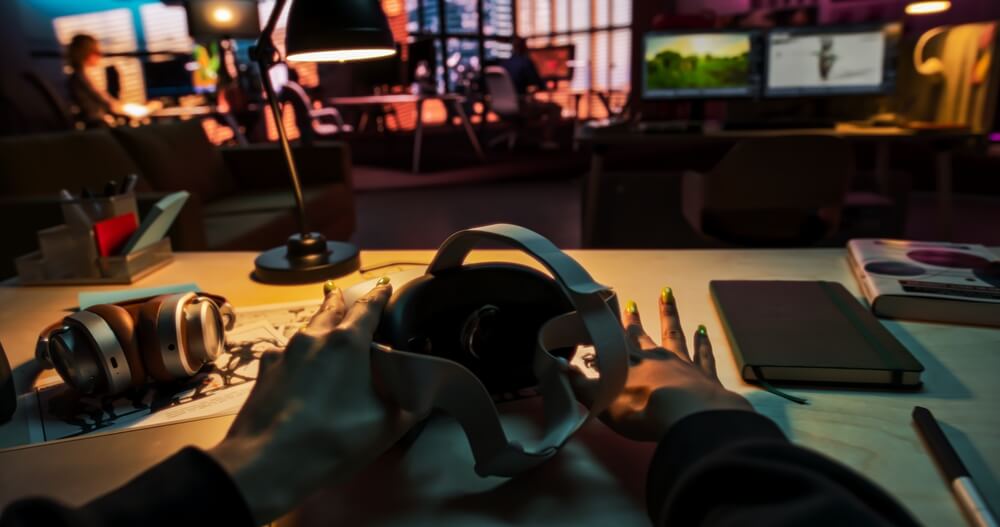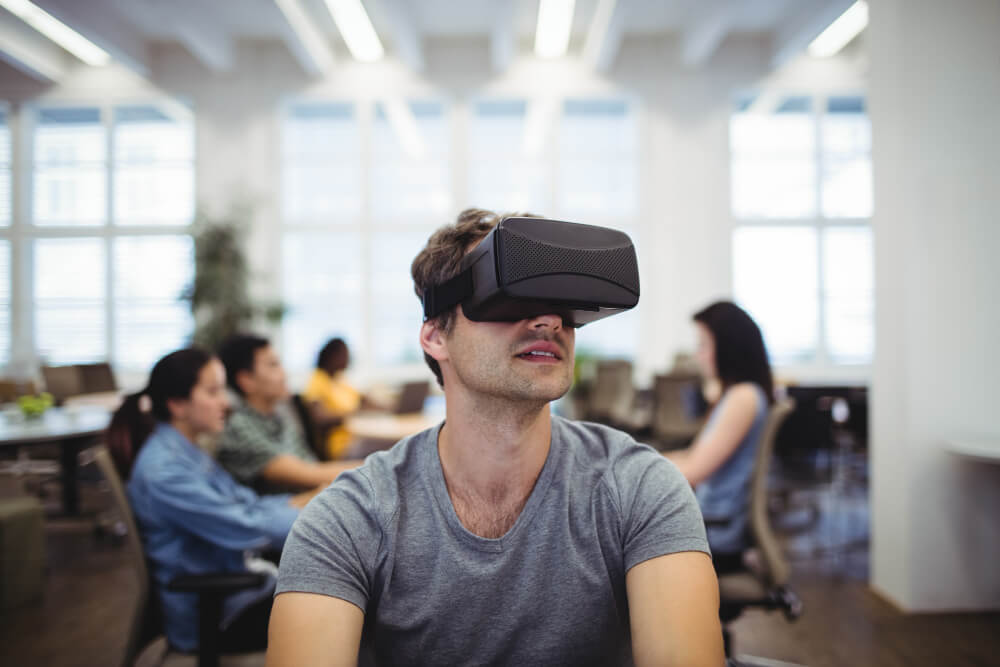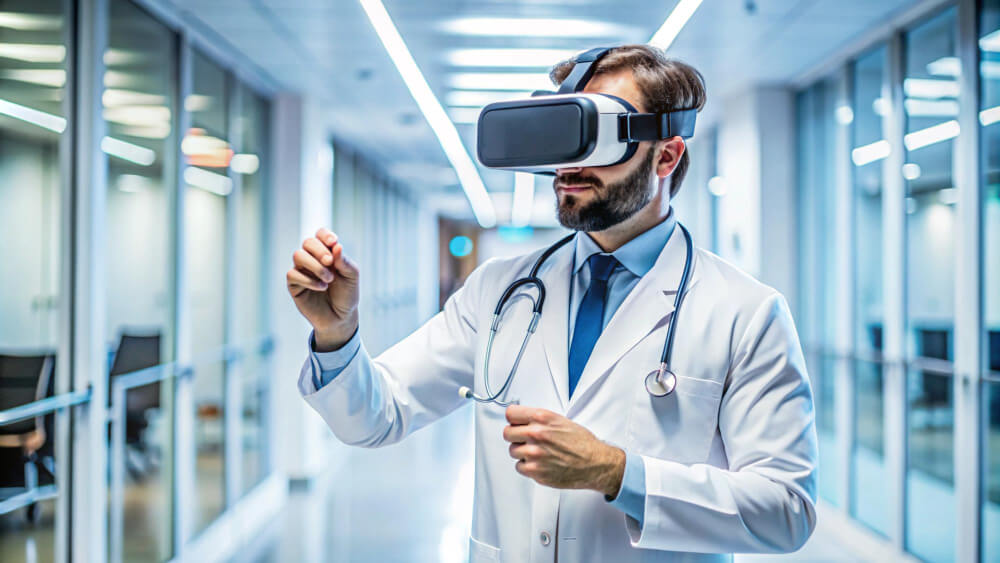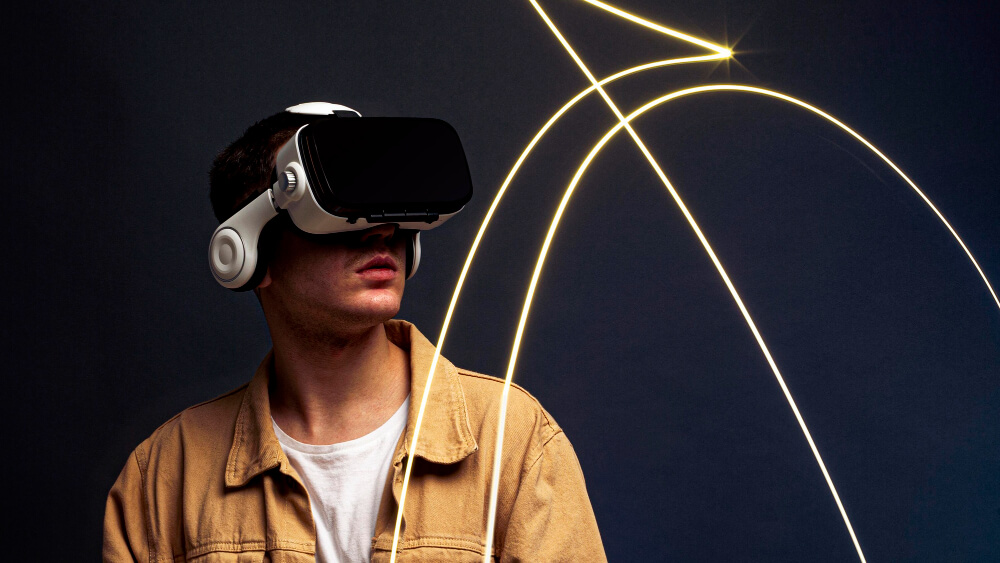First-Person vs. Third-Person in VR Training
Table of Contents:
When building immersive training programs, one of the biggest design choices to be made is whether to use a first-person or third-person perspective in VR training. Both of these perspectives have their pros and cons, and understanding the difference between them can help you maximize engagement, realism, and the learning outcomes.
The core part of the brain responsible for processing information plays a crucial role in learning and memory. The first-person VR training advantages can feel incredibly life-like, while third-person perspectives in VR training offer better strategic and observational awareness. Both approaches force that part of the brain to work actively, but which one is actually better? Read on to find out.
Key Takeaways
- First-person = immersion:
Offers realism, urgency, and emotional engagement; ideal for hands-on training, technical tasks, and emergency simulations. - Third-person = observation:
Provides strategic overview, posture awareness, and soft skills training; useful for teamwork, customer service, and onboarding. - No single best option:
The right choice depends on training goals—motor skills benefit from first-person, while body dynamics and interactions benefit from third-person. - Blended approach works best:
Combining both perspectives (e.g., third-person tutorial followed by first-person simulation) maximizes comprehension and retention. - Technology enables flexibility:
Modern VR platforms allow switching perspectives, ensuring learners get both conceptual understanding and practical application. - Strategic alignment matters:
Perspective should be chosen based on learning objectives, not aesthetics, to ensure stronger outcomes and ROI.
First-Person VR Training: Immersion
The first-person VR training advantages are mainly a perspective that puts users directly in the shoes of the trainee, providing a sense of realism of tasks and environments.
This approach is ideal for:
- Hands-on training in physical procedures like medical, mechanical, or emergency responses
- Improving muscle memory and reaction time
- Creating a stronger emotional connection to the scenario
First-person VR training offers deeper immersion, higher realism, and a greater sense of presence. It is particularly useful in scenarios where learners need to practice specific motor skills, such as handling equipment, navigating a space quickly, or making decisions under pressure.
For example, consider a firefighter training simulation where users must make split-second decisions in a burning building. This level of training cannot be achieved while passively watching a tutorial video. This needs to feel urgent and authentic.
Third-Person Perspective in VR Training: Observation and Overview
This may seem less immersive, but the third-person perspective in VR learning offers benefits that the first-person can’t provide. This is ideal for:
- Learning complex sequences
- Understanding body positioning and movement patterns
- Training soft skills like teamwork and customer service
It is particularly helpful for onboarding or training situations where it is useful to observe how actions unfold in a full context, especially when discussing body posture or spatial awareness.
For example, in a retail training simulation, observing how employees interact with customers or colleagues from outside provides valuable insights into body language and service dynamics that might be easily overlooked in a first-person view.
Which One Is More Effective?
There is no decisive answer. The best perspective depends on what you want to achieve.
When you want maximum realism and immersion, your best bet is to use a first-person perspective. However, if you want observational understanding and form, the third-person may be better. However, if you wish to reinforce learning from different angles, use both.
Blending perspectives, for example, by starting with a third-person tutorial and then transitioning to a first-person simulation, can significantly enhance the immersive learning in terms of comprehension and long-term retention.
Combining Perspectives
Most highly effective VR training platforms enable users to switch between perspectives or integrate both in a single learning activity. This dual approach can help learners transition smoothly from being an observer to an active participant. Moreover, it enhances both conceptual and practical knowledge.
By providing trainees with a comprehensive view of the scenario, you reduce confusion, build confidence, and ensure a smoother application in the real world.
Conclusion
Choosing between first-person and third-person perspectives is not only about aesthetics and what is considered “cooler.” It is about results. If your training is hands-on, immersive, and task-based, consider using first-person narration to enhance the experience. If it’s about observation, body dynamics, or teamwork, consider using the third-person perspective.
To get the most out of your VR training, align your perspective choice with your training goals, and don’t be afraid to mix them both.
Remember that your choice can dramatically shape the learner’s experience and success; therefore, it is beneficial to consult an expert with already tested, bulletproof solutions like Mazerspace.
Also read: What’s the Best Way to Choose a Virtual Training Center?
What is the main difference between first-person and third-person VR training?
First-person VR training immerses learners directly into the scenario, making them feel as if they are performing the tasks themselves. Third-person VR training allows learners to observe actions from an external perspective, offering better awareness of body positioning, movement, and overall context.
What are the advantages of first-person VR training?
First-person VR training creates strong immersion and realism, helping learners develop muscle memory, quick reactions, and emotional connection to tasks. It is especially effective for medical procedures, mechanical training, or emergency response simulations.
What are the benefits of using a third-person perspective in VR training?
Third-person VR training enhances observational learning, making it easier to understand complex sequences, posture, and teamwork dynamics. It is particularly useful for onboarding, customer service, and soft skills training where context and interactions matter.
Which perspective is more effective for VR training?
There is no single best option. First-person is ideal for immersive, hands-on, and task-based training. Third-person works better for observational learning and teamwork. The most effective programs often combine both perspectives to maximize comprehension and skill transfer.
Can first-person and third-person perspectives be combined in one VR course?
Yes. Many advanced VR training platforms allow switching between perspectives or blending them in a single module. For example, learners may start with a third-person tutorial to understand context and then switch to a first-person simulation for hands-on practice.
How do I choose the right perspective for my VR training program?
Align your choice with training goals: use first-person for realism, urgency, and motor skills, or third-person for observation, teamwork, and posture correction. Consulting VR experts like Mazerspace can help select and implement the most effective perspective.

Author: Rafał Siejca
Rafal has over twenty years of corporate experience, including roles at Millennium Bank, Comarch, and leading software teams at PZU, one of Europe’s largest insurance companies. As one of Poland’s few true VR experts with a decade of experience, he ensures timely, high-quality project delivery as CEO and CTO.










